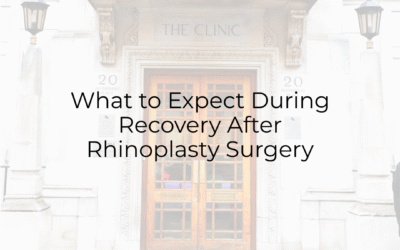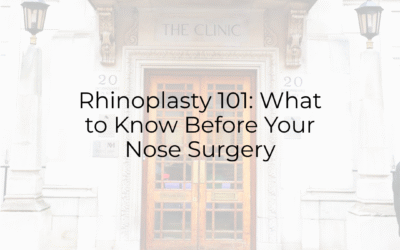Considering a nose job, also known as rhinoplasty, is a major decision. It’s one of the most common cosmetic procedures, capable of making significant changes to your facial harmony. But before you book a consultation, it’s important to understand what the process involves. This guide covers the essential points you should consider.
What is Rhinoplasty?
Rhinoplasty is a surgical procedure that changes the shape of the nose. It can address a variety of concerns, such as size, a prominent bump on the bridge, a wide tip, or nostril shape. Beyond aesthetics, it can also correct structural issues, like a deviated septum, to improve breathing. The goal is to create a nose that looks natural and is in proportion with your other facial features.
Set Realistic Expectations
One of the most crucial steps is to have realistic expectations. A new nose can enhance your features, but it won’t completely change your life or make you look like someone else. During your consultation, your surgeon will discuss what is achievable based on your nasal structure, skin thickness, and overall facial anatomy. Bringing photos can be helpful, but remember they are for inspiration, not duplication. A successful outcome is one that complements your unique face.
Choosing the Right Surgeon
Your choice of surgeon is the single most important factor in your rhinoplasty journey. Look for a board-certified plastic surgeon or facial plastic surgeon with extensive experience in rhinoplasty. This is a complex procedure that requires specialized skill.
When vetting potential surgeons, review their before-and-after galleries to see if their aesthetic style aligns with your goals. Schedule consultations with a few different surgeons to discuss your objectives and ask questions. You should feel comfortable, heard, and confident in their expertise.
Understanding the Recovery Process
Recovery from rhinoplasty takes time and patience. The initial recovery period typically lasts about one to two weeks, during which you’ll experience swelling, bruising, and discomfort. Most people feel ready to return to work or school after this period, though you’ll need to avoid strenuous activities for about four to six weeks.
A splint will be placed on your nose for about a week to protect it. While a lot of the swelling subsides within the first few months, it can take up to a year for the final shape of your new nose to fully emerge.
Risks and Costs
Like any surgery, rhinoplasty carries potential risks. These can include infection, adverse reactions to anaesthesia, difficulty breathing, or dissatisfaction with the aesthetic results.
Making an informed decision is key to a positive rhinoplasty experience. By doing your research and preparing for the journey ahead, you can work toward achieving the results you desire.
To learn more, and to get started, book a consultation today.



